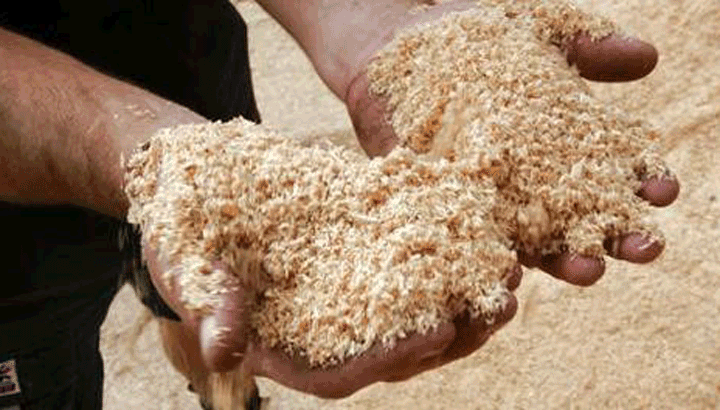
Preventing and mitigating the effects of fire and explosions.
On Friday 17th July 2015 the UK public became aware of the explosion hazard associated with wood dust when at least three explosions in Bosley at Wood Treatment Ltd, manufacturers of a variety of wood fibre and wood powder products, killed four and injured several others.
This is not an isolated incident. Data compiled by Dust Safety Science shows that in the USA from 2017 to 2109, wood related applications accounted for 21 to 28% of all industrial fires and explosions each year.
Dust explosions can be classified as Primary or Secondary. In correctly designed equipment, such as a dust collector, a Primary dust explosion can be controlled and mitigated via venting, suppression, etc, to minimise its effects. Secondary explosions, however, tend to be the result of poor housekeeping, and occur when accumulated dust inside a building is disturbed and ignited by a Primary explosion. They are less easily controlled, other than by better housekeeping, and can destroy entire buildings and generally be the cause of fatalities. The three explosions reported to have been heard at the Bosley incident could have been one Primary and two Secondary explosions.
All wood dust should be considered potentially explosive unless a representative sample is tested and is proven not to be. In reality, coarse chips and shavings, when there is little fine dust present, tend not to present a great explosion hazard, as the general rule is that wood dust is a significant risk when the mean particle size is less than 200 microns, and where as little as 10% of it contains dust less than 80 microns. The more below 80 microns, the greater the risk. Where the mean particle size is greater than 200 microns only weak explosions are likely. The fine cutting and sanding of any wood, sawing and machining of hardwoods and processing of MDF, chipboard and similar man made boards, can potentially produce such fine dusts.
There are five conditions necessary for a dust explosion to occur:
All five of these conditions can be present in a dust collector. Significantly, in 2019 in the USA (source Dust Safety Science) dust collectors demonstrated the highest percentage of combustible dust incidents when both fires and explosions were taken into consideration, with 59 fires and 12 explosions out of a total of 325 reported incidents.
In a dust collector handling wood dust there are several potential ignition sources, including:
Under DSEAR (Dangerous Substances and Explosive Atmospheres Regulations) employers have a duty to protect their employees and the public from dangerous substances, such as those which are a fire or explosion risk. Wood dust is such a substance.
A risk assessment should therefore be carried out to identify, for example:
The data in the Dust Safety Science report shows that in wood manufacturing facilities dust explosions most frequently occur within dust collectors. The most common method of protecting the dust collector and the plant from the consequences of a dust explosion is by the use of correctly sized explosion relief vents, which add a deliberate weakness to the body of the dust collector and prevent the pressure inside the collector from rising above its ultimate strength. They also ensure that the combustion products resulting from the explosion follow a known path which should be to a safe area free of people or other combustible materials.
Wood dust collectors should therefore wherever possible be sited outside. If an outside location is impossible they may be located indoors but the explosion vents either need to be ducted to a safe place outdoors, or an alternative arrangement made for mitigating the risk of explosion, such as flameless venting or suppression.
To minimise the risk of secondary explosion, fire or injury to workers within the production area, the use of a shut-off damper within the extract ductwork should be used, which prevents the products of combustion passing back into the workplace. Good housekeeping practices in the workplace are also essential to prevent the accumulation of wood dust within the building, to minimise the opportunity for secondary explosions.
If you would like to discuss protecting your workplace from combustible dust, contact us today.
We have extensive experience of various challenges in the different industries and our experts are very skilled, helpful and professional. With us, you can feel secure that we take care of you and your needs. You are always welcome to contact us regardless if you have a short question or a more complex and complicated one. A warm welcome to Nederman.
Contact us here